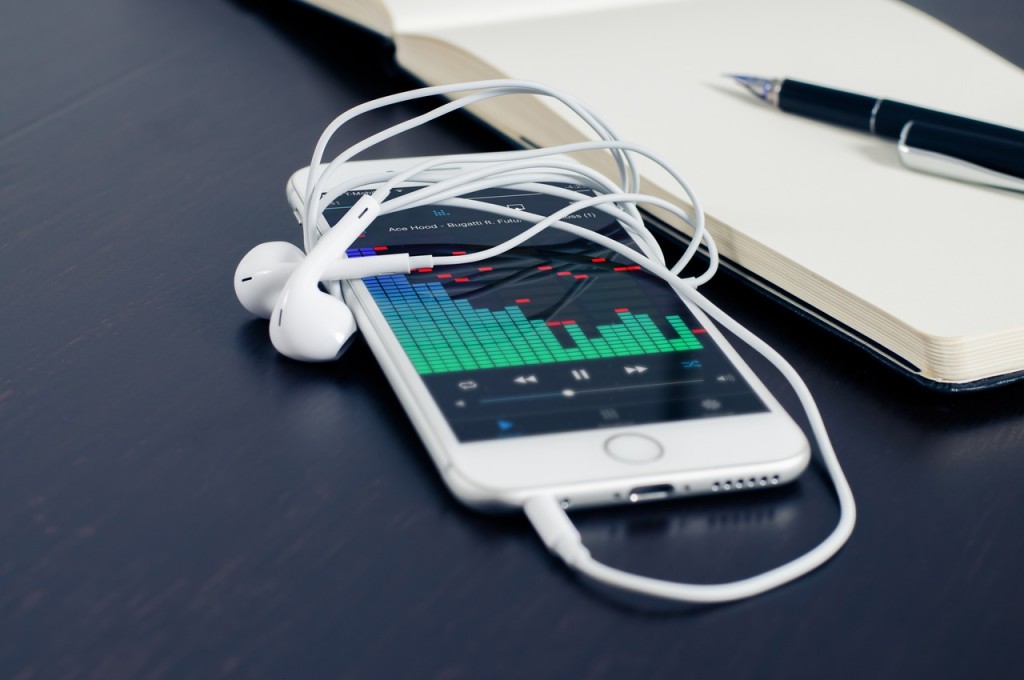Music Streaming Apps Beat Physical Sales, But “Value Gap” Remains
Music has a powerful impact on the way people live. It defines cultures and generations. It is an ever-evolving industry where technology is dramatically shaping its landscape. From the good old vinyl records, music has changed its form to cassette tapes, then CDs, and now, digital music.
Billboard recently reported that for the first time in music history, revenues from digital music services have outweighed physical sales. This came from the 2016 Global Music Report of the International Federation of the Phonographic Industry (IFPI). The report stated that out of the USD 15 billion global revenue, USD 6.7 billion came from digital sales (which includes streaming). In addition, the IFPI Report also noted the following:
- 3.2 percent increase in global music revenues mostly from digital music
- 45 percent of industry revenues come from digital sales, 39 percent from physical sales
- 45.2 percent increase in streaming revenues
The impressive figures were backed by Frances Moore, Chief Executive of IFPI. The report quoted her saying, “After two decades of almost uninterrupted decline, 2015 witnessed key milestones for recorded music: measurable revenue growth globally; consumption of music exploding everywhere; and digital revenues overtaking income from physical formats for the first time. They reflect an industry that has adapted to the digital age and emerged stronger and smarter. “
Online statistics portal Statista, also reported an increase in music streaming revenue in the United States. Digital streaming has almost doubled from USD 1.45 million in 2013 to USD 2.4 million in 2015. Downloads on the other hand, declined from USD 2. 823 million to USD 2.328 million by 2015. It was no different for physical sales with USD 2.445 million in 2013 to USD 2.024 million by 2015.
In another correlated Statista release, it listed Spotify as the music streaming app with the most subscribers as of March 2016. Spotify had 30 million paying subscribers while Apple Music came in second with 11 million (more recent data puts it at 15 million). The remaining apps got a smaller share of subscribers with Pandora at 3.9 million, Rhapsody at 3.5 million, Tidal at 3 million, and finally Deezer at 3 million as well.
Music streaming apps gaining popularity
With the rise of these music streaming apps, physical purchases of music records have been falling further, and even more surprising is the decline in downloads. Record shops are taking a hard hit with this shift to tech as music becomes more accessible with the use of a smartphone. Even iPods are close to extinction when the New York Post reported last year that Apple was already planning to end the iPod.
The once iconic Apple gadget was hailed by Steve Jobs as the device that could hold up to 1,000 songs back in 2001. It revolutionized the music industry and it became one of Apple’s cornerstone products, and one of Jobs’ legacy in technology. However, with the shift to digital music streaming, the iPod is slowly easing out of Apple’s product lineup. It’s dedicated product tab was recently replaced with ‘Music’ and the gadget had no recent updates for about three years now. The Apple Music app though, is enjoying a comfortable second place to Spotify in terms of subscribers since its release last year.
Spotify on the other hand is enjoying a wide market lead against the rest. Their subscribers have reached an unprecedented total of 30 million worldwide. The Swedish-based company also posted an all time high revenue of USD 2 billion (or 1.95 billion euros). This was almost double in comparison to 2014 revenues which amounted to a little over 1 billion euros. A good 90 percent came from Spotify Premium subscriptions while 10 percent came from ads.
But despite the increase in music streaming revenues and subscribers, Spotify posted a net loss of USD 194 million. In a report filed by Spotify in Luxembourg, most of their revenues were siphoned by sales and marketing expenses, as well as research and development.
Fortune explains that “Spotify’s single biggest expense are the payments it has to make to record labels and music publishers… In 2015, the amount that Spotify had to pay for royalties and distribution fees climbed by 85%, to about $1.8 billion.”
The article further elaborates the situation by saying, “Of every dollar that Spotify brings in the door in revenues, about 85 cents goes right back out the door again in the form of payments to the music industry.”
But Spotify is optimistic in its outlook. The company stated that they are confident revenues will stabilize once their reach expands.
Another challenge Spotify might face, as well as other music streaming apps is the so-called “value gap”. Currently IFPI reports that there are 68 million people (estimated) under a subscription. It currently generates a revenue of approximately USD 2 billion. But for the 900 million estimated under ad-supported music streaming, only USD 634 million in revenue is made. This becomes an emerging problem for people in the music industry as well a the value given back to artists is not compensated for.
Regardless of the results, it seems that music is once again evolving for a new generation.


